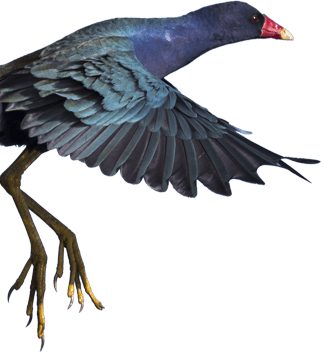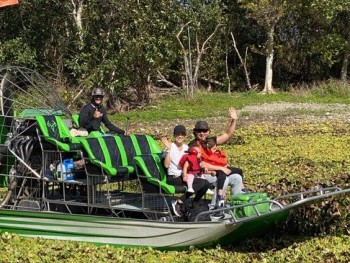The Everglades is a unique subtropical gem that is often called the River of Grass!
Many people think of the Everglades as a swamp, but it’s not! It is, in fact, a slow-moving river that flows over an area 40 miles wide by 100 miles long.
This unique landscape is recognized as a biodiversity treasure – quite unlike anything you have seen before, it is crammed full of unique plants, trees, and wildlife. The Everglade is the only place on the planet where alligators and crocodiles live side by side!
The subtropical climate allows for several distinct habitat types to thrive, including the pine rock lands, coastal lowlands, and marine waters, despite the vulnerability of its ecosystem. It also provides drinking water for around 7 million people!
In 1976 the Everglades was affirmed as an International Biosphere Reserve. Then three years later, as a UNESCO World Heritage Site and a Wetland of International Importance.
Fact: The Florida Everglades houses the largest concentration of species (60 endangered species, including the American crocodile, the Miami black-headed snake, and the West Indian Manatee) that are vulnerable to extinction in the United States.
Historically, the Everglades once spanned approximately three million acres. Today, it covers only half of this due to years of reclaiming land for agriculture and development and the draining of the wetlands.
The Everglades has the most extensive protected mangrove forest, where black and white mangroves and red mangroves with their unique stilt-like roots thrive. Mangroves help maintain water quality by trapping sediment and filtering out pollutants for birds like red drums and spotted seatrout (both endangered species).
Fishing is possibly the most popular pastime in the Everglade’s National Park, with approximately 300 different fish species said to inhabit the Everglade’s freshwater marshes and marine coastline.
You will encounter countless insects and 17 different species of amphibians, including frogs, toads, and newts. There are 50 different types of reptiles – including the American alligator, Brown Anole, Tokay Gecko, Green Turtle (listed as endangered), and the Eastern Indigo Snake (which is also endangered).
There I also 40 different species of mammals and an estimated 360 different species of birds, including the Great Egret, which stands at over four feet in height with a wingspan of over 50 inches in length.
There is also a whopping 68 different varieties of mosquitoes, fortunately, though most of these aren’t
interested in humans!






